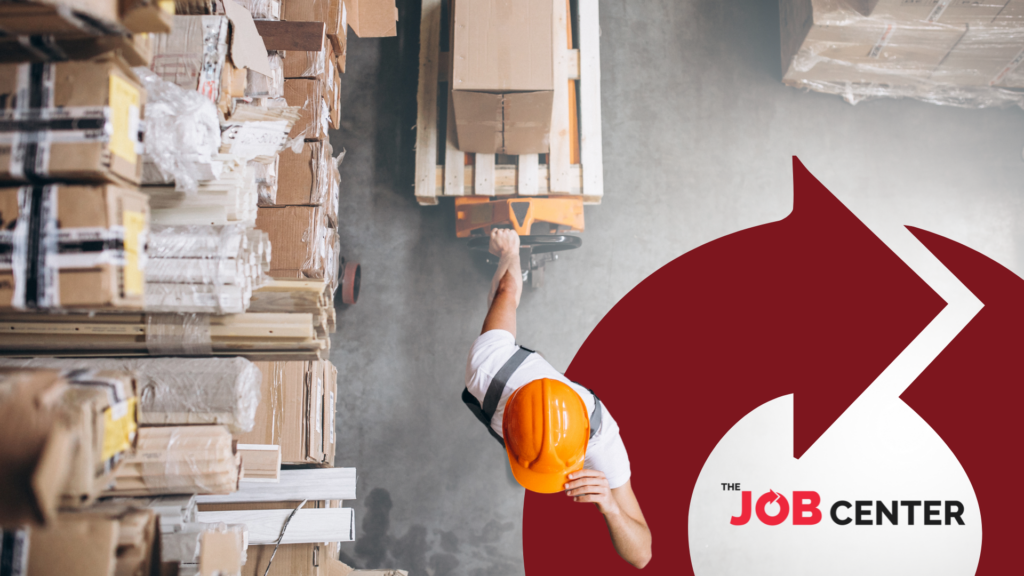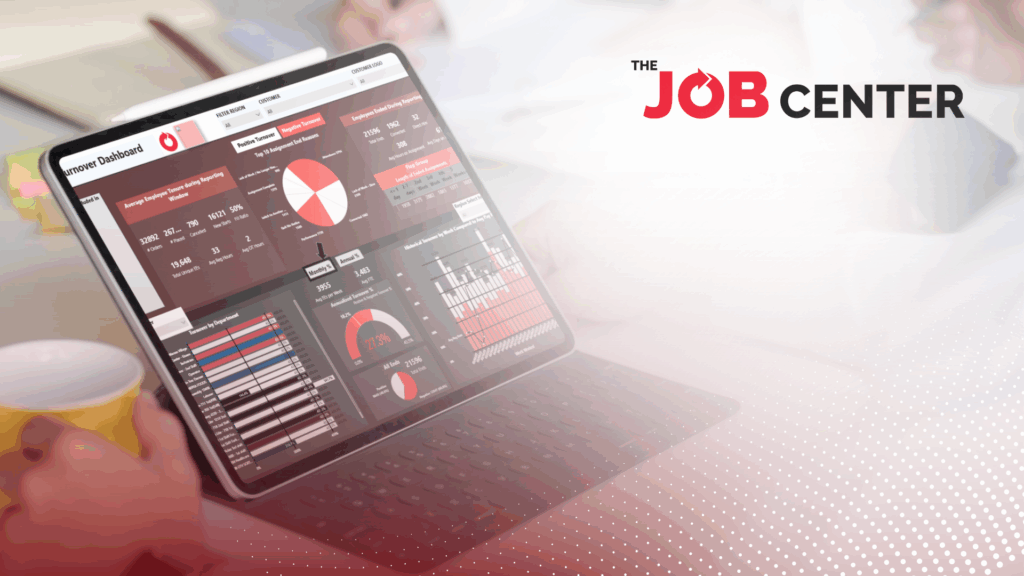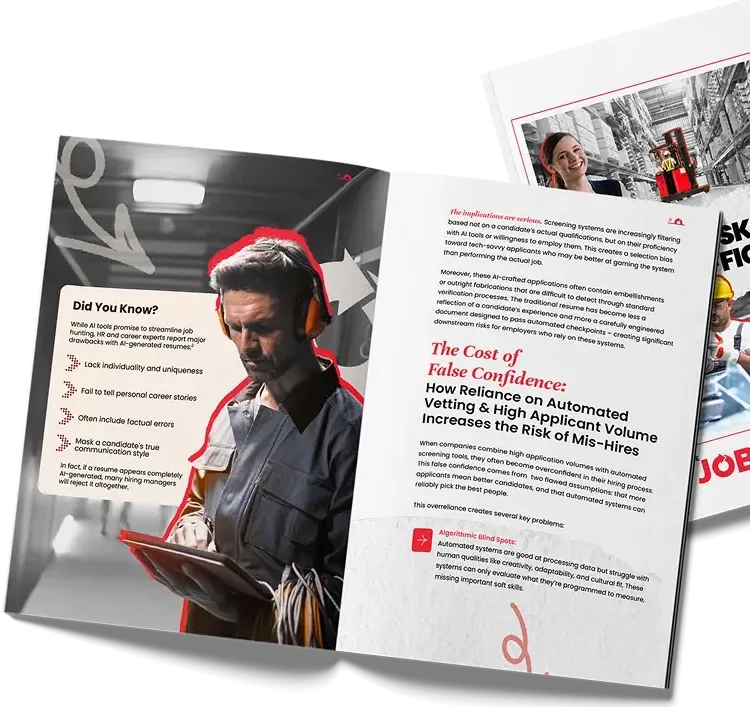Why Warehouse Safety Starts with the Right Hiring Practices

The warehouse environment is a fast-paced workspace where teams are tasked to manage inventory, operate heavy machinery, and coordinate logistics to maintain smooth operations of supply chains. These responsibilities often demand physical exertion that, when workers are not careful, can potentially lead to costly accidents and injuries.
How can employers avoid these undesirable outcomes? The fact is, warehouse safety starts with the right hiring practices. This article will explain this fact and offer strategies you can implement to build a safety-conscious workforce.
The Safety-First Mindset in Hiring
A safety-first mindset in the context of recruitment means viewing every staffing decision through the lens of workplace safety. Instead of prioritizing productivity or cost, hiring managers consider the overall safety within the organization when making choices.
When employers and recruiters adopt this perspective, they recognize that each new hire has the potential to either strengthen or weaken their warehouse’s safety culture. This makes employee selection a critical factor in preventing workplace incidents.
Poor hiring decisions are made when a company prioritizes filling positions quickly and cutting costs over safety. These can lead to substantial financial consequences through:
- Increased accident rates
- Workers’ compensation claims
- Equipment damage
- Potential OSHA violations
The business also runs the risk of damaging team morale and productivity.
Impact of Hiring Stages on Workplace Safety
Although the hiring process can look slightly different for each organization, they all include three important stages: candidate screening, interviewing, and onboarding.
Whether you’re recruiting a warehouse worker or an equipment operator, these hiring stages can significantly impact your organization’s workplace safety. Employers can effectively build a safety-conscious workforce with the right approach, mindset, and strategies.
1. Candidate Screening
Candidate screening serves as the first line of defense in maintaining workplace safety. It helps employers identify people who value safety programs and those who disregard them.
During this stage, hiring managers should thoroughly review applications and resumes for indicators of safety-conscious behavior. Some examples of these are:
- Consistent safety certifications
- Participation in safety committees
- Specific safety achievements in previous roles
Moreover, past safety violations must be carefully investigated through background checks and reference calls. Pay special attention to any patterns of unsafe behavior or disregard for safety protocols. Professionals who tend to ignore safety are more likely to continue doing so regardless of the company they work for.
Another way to contribute to a safe future workplace is to verify certifications and safety knowledge. This goes beyond simply checking documentation. Try to understand the depth of a candidate’s practical safety experience and their commitment to maintaining current safety credentials.
Read more: Reducing Turnover: Our Approach at The Job Center
2. Safety-Focused Interviews
Once candidates pass the screening, the next step is the interview process. This stage of talent acquisition offers crucial opportunities to assess a candidate’s real-world approach to workplace safety.
It’s necessary for hiring managers to move away from technical topics and incorporate behavioral questions that reveal how candidates have handled safety challenges in the past. Some examples of these questions are:
- Can you describe a time when you identified and reported a safety hazard in your previous workplace?
- Tell me about a situation where you had to prioritize safety over productivity.
- Have you ever had to react quickly to a dangerous situation at work? What did you do, and what was the outcome?
When using scenario-based assessments, interviewers can evaluate candidates based on their responses to safety-related situations. This can reveal essential skills such as making safe decisions under pressure or maintaining awareness of their surroundings at all times.
Note that the interview should also assess a candidate’s relevant capabilities, such as communication skills. Aside from helping build team dynamics, this soft skill can also be useful in safety reporting, which is essential for preventing accidents.
3. Training and Onboarding
Training and onboarding are important steps in the recruitment process where safety measures and foundations are established for new hires. This begins with orientation programs revolving around safety procedures for warehouse workers and other open roles. The goal of this initial strategy is to be both comprehensive and engaging when communicating the company’s safety culture and expectations.
In this step, hiring managers must ensure that safety requirements are emphasized as non-negotiable aspects of the job. They need to clearly communicate that safety performance is as important as productivity metrics.
Aside from the basics, it’s also necessary to hold equipment-specific training sessions. These need to be thorough and hands-on. Provide detailed documentation of completion and competency verification. These trainings will help avoid safety issues when the new hires begin their work.
This stage should also establish clear channels for ongoing safety communication and feedback. Make it a point to set the expectation that safety learning is a continuous process rather than a one-time event.
Best Practices for Hiring Safety-Conscious Workers
Aside from conducting safety audits and risk assessments, warehouse safety can be achieved when you have a safety-conscious workforce. To successfully build this, here are three best practices you can adopt in your own recruitment process:
1. Clearly Define Safety Expectations in Job Descriptions
Job descriptions serve as the first touchpoint between employers and potential candidates. This makes them crucial tools for establishing safety expectations from the outset.
A well-crafted job description should explicitly outline:
- Safety responsibilities
- Required certifications
- Physical demands
- Compliance expectations
By clearly communicating these requirements upfront, employers can filter out candidates who may not meet safety standards and attract those who value workplace safety.
Hiring managers should review and update job descriptions regularly to ensure they accurately reflect current safety protocols and industry standards. It’s also ideal to include specific examples of safety responsibilities and quantifiable safety metrics when making the job post.
2. Prioritize Experience and Certifications
Experience and certifications in safety practices provide tangible evidence of a candidate’s commitment to workplace safety and their practical knowledge. Prioritizing these qualifications helps ensure new hires can contribute to a safer workplace environment from day one.
Certifications like OSHA training, forklift operation, or first aid demonstrate formal safety education. However, they aren’t the only indication of a safety mindset. This is why, while certifications are ideal, it’s also necessary to consider relevant experience that shows the practical application of safety principles.
Employers should develop a clear hierarchy of required versus preferred certifications. Create detailed verification processes for both credentials and practical experience. This may include conducting thorough reference checks specifically focused on safety performance in previous roles.
3. Partner with Experts in the Field
Even if you follow a safety checklist, ensuring warehouse safety can be a challenge for many organizations. It requires the right strategies and expertise to ensure workers are safety-conscious. This is why it’s vital to consider partnering with staffing companies that have experience in hiring with safety in mind.
Partnering with specialized staffing firms can significantly enhance safety-focused hiring efforts by leveraging their expertise and established screening processes. These firms often have extensive experience in evaluating candidates for safety-sensitive positions and maintaining databases of pre-screened, qualified individuals. They can provide valuable insights into industry best practices and help develop effective screening protocols. Often, these partners also offer additional services, such as safety training and compliance monitoring.
When selecting a staffing partner, employers should look for firms with demonstrated experience in warehouse safety. Look for companies like The Job Center that have strong screening processes and a track record of successful placements in similar environments.
Ensure warehouse safety through top-quality hires with The Job Center.
With over a decade of experience, The Job Center is a staffing firm that prioritizes strong partnerships over simply filling roles. We are committed to providing the best solutions tailored to your unique challenges and needs.
Thanks to our highly qualified professionals, we are confident that we can help you create a recruitment process that will lead to long-term warehouse safety and success. Contact us today to learn more!

About
James Oden
Other articles





